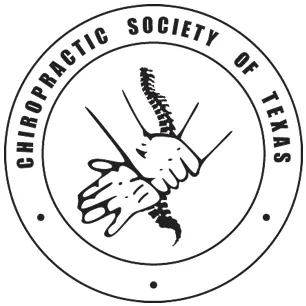Stay Spine Healthy
Enjoy An Active Lifestyle
Have Some Fun!
Effective chiropractic care tailored to you-so you can get back to living with less pain and more freedom.
Over 30 Years of Chiropractic Experience
Located just south of 15th Street in Plano, Martin Chiropractic Clinic has served our community for over 30 years. We blend time-tested chiropractic principles with modern non-invasive techniques to help you live pain-free and thrive.
Why Choose Martin Chiropractic?
Your health is our top priority—discover what sets us apart.
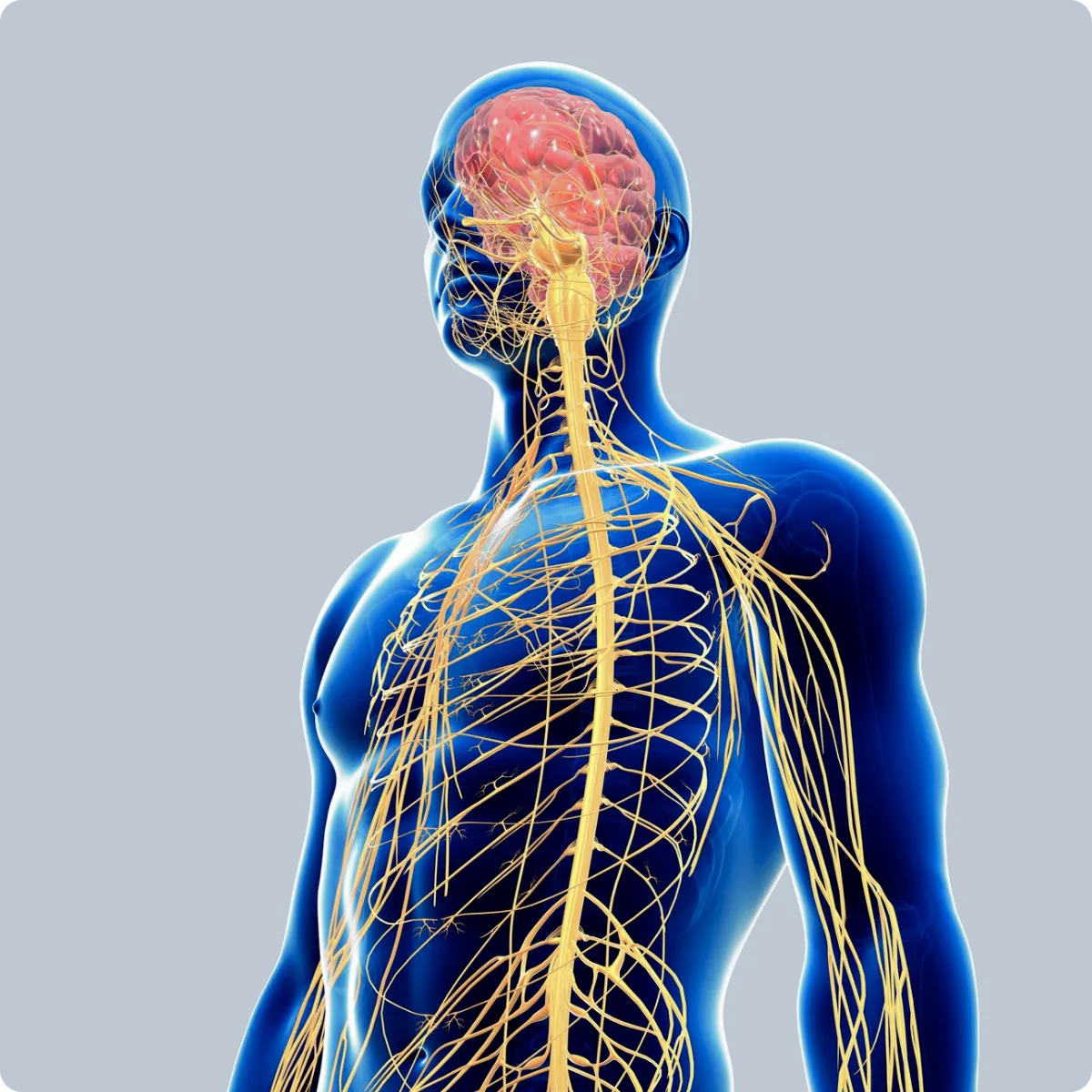
Advanced Conservative Spine Care
We use advanced treatments to improve spine function—critical for relief and overall health and wellness.

Personalized
Plans
No cookie-cutter protocols here—each treatment is tailored to your unique condition, goals, and comfort level.

Whole-Body Wellness Approach
Our philosophy embraces an active lifestyle, movement, and alignment to help you recover quickly and thrive.

Compassionate Team
Our friendly, highly trained staff take time to listen to your concerns, answer your questions, and guide you to quick and long-lasting relief.

Insurance Support
We accept most major insurances, manage all paperwork and follow-up so you can focus on recovery.

Flexible
Scheduling
Our flexible scheduling helps you fit care around work, school, and family life.
Some of Our Core Services
Explore some of our most popular treatments—designed to relieve pain, restore function, and get you back to life faster.

Spine & Musculoskeletal Evaluation
We start with detailed exam to to determine the nature and extent of the problem to determine if chiropractic care is right for you.
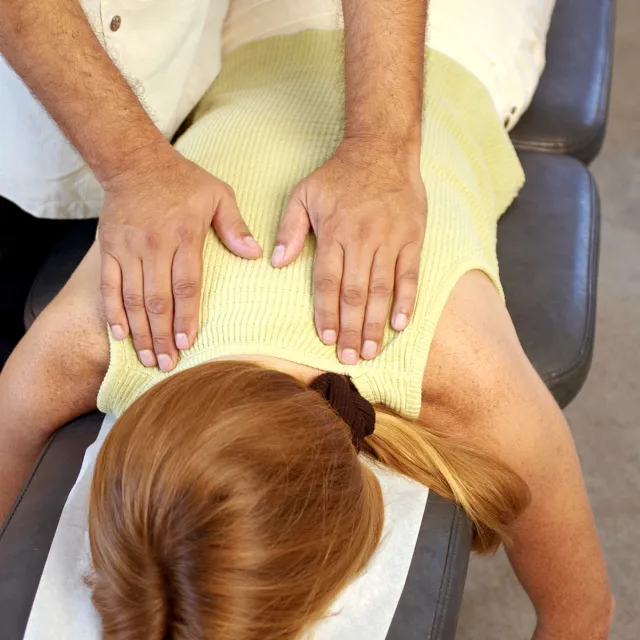
Gentle Spine & Extremity Manipulation
Improve joint alignment and mobility with our gentle, comfortable adjustments tailored to your body and condition.
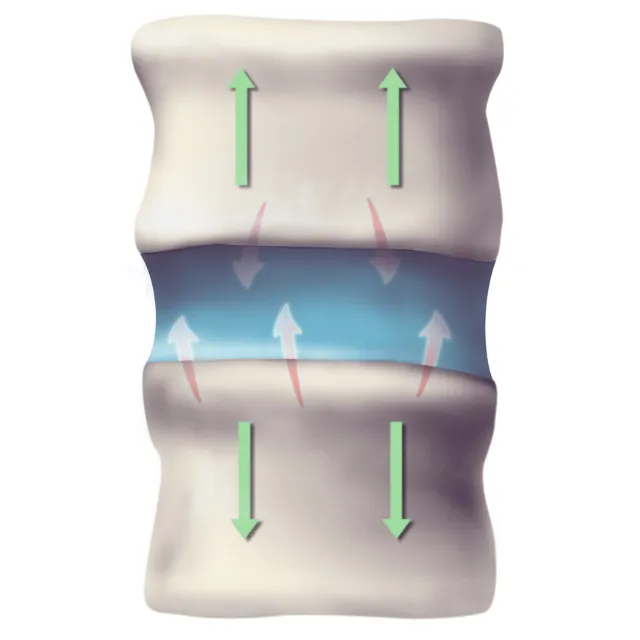
Spinal Decompression Therapy
Relieve disc bulging and degeneration and boost natural healing with comfortable, non-surgical spinal decompression.
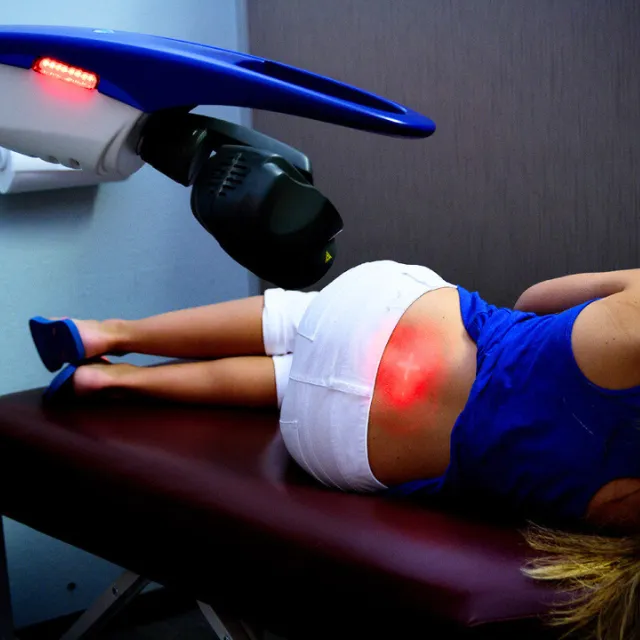
MLS®
Cold Laser Therapy
Relieve pain, reduce inflammation, and speed recovery using our advanced MLS® cold laser treatments.

Enhanced Physical Rehabilitation
Rebuild strength, flexibility and stability through targeted movements combined with other treatments.

Active
Lifestyle Guidance
Optimize posture, ergonomics, and daily activities with personalized guidance for long-term wellness.
Conditions We Treat
From chronic back pain to post-accident recovery, find the targeted care you need right here.
Acute & Chronic Pain
Whether you've just been injured or suffering for years, we have approaches to restore function and reduce pain.
Motor Vehicle Accidents
We're well versed in the kinds of injuries that occur from motor vehicle accidents, from sprains to disc and ligament injuries.
Arthritis Symptoms
We have treatment programs to deal with the symptoms of arthritis and allow you to get more active and pain free.
Acute or Degenerative Disc Problems
Whether you just damaged a disc, or they've been wearing out for years, we have treatment approaches to help restore function.

Sprains & Strains
Whether you've strained your lower back, sprained your ankle, or injured your wrist, we have the experience and treatment programs to address the problem.
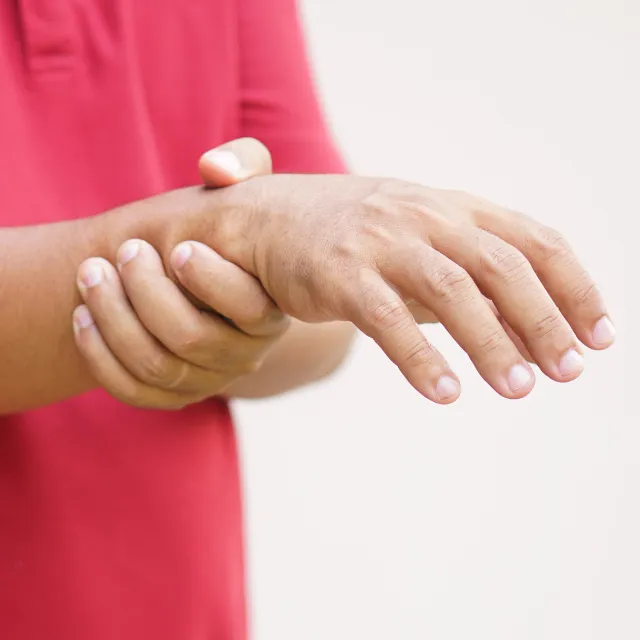
Numbness or Pain in the Arms & Legs
Starting with identifying the source of the numbness, we can create treatment programs to help get you back to restore your sensations and improve function

Other Back or Neck Conditions
Whether you woke up with a crick in your neck or you've been suffering from degenerative spinal disease, we help alleviate pain, restore function and get you back to life.

Other Arm or Leg Conditions
We offer care for a variety of problems with the muscles and joints in your arms or legs to get you quick relief and back to full function.
Ready to Start Feeling Your Best?
Book your chiropractic adjustment today
Testimonials

FAQs
What should I expect on my very first visit?
On your first visit, you'll meet Dr. Martin for a consultation. After the consultation, we start with a spinal screening exam to see if we can help you and determine what kinds of tests or imaging might be necessary. If we can do some preliminary treatment safely on the first visit, we will. Then we will develop a detailed and customized treatment plan between your first and second visit.
How do I get immediate chiropractic care?
Our flexible hours are designed to help you get care as soon as possible. We do our best to have same-day visits available for patients.
What types of conditions can you help with?
From back & neck pain to headaches, auto-accident recovery, sports injuries, pediatric care and more, we treat a wide spectrum of musculoskeletal issues.
How soon will I see results?
That largely depends on what your condition is. Some patients begin to feel relief early in their treatment plan, while others take some time. Once we have set up your treatment plan, Dr. Martin will discuss what to expect in terms of how fast you may feel relief and how long it likely will take to fully recover.
Will my insurance be accepted?
We accept most insurances! Coverages vary from policy to policy. Give us your insurance information, and we'll get it checked and let you know in advance.
Phone:
+19728671500
Address Office:
1212 Coit Rd, Ste 101, Plano, TX 75075
Patient Care Hours
10:00 AM - 5:30 PM
Monday, Tuesday, Thursday, Friday



